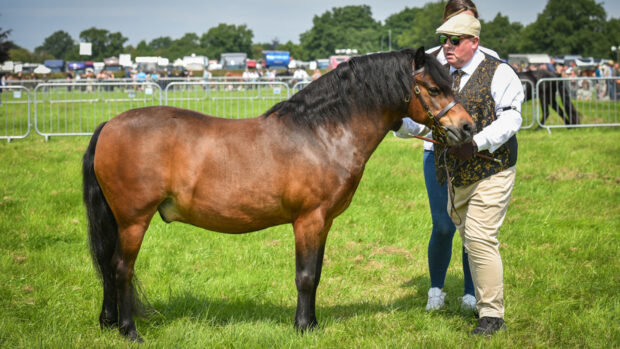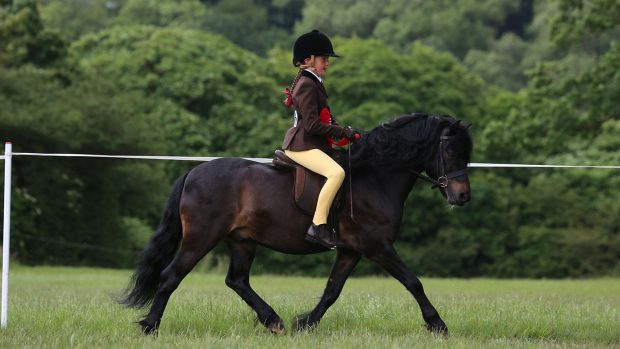Nineteen Dartmoor ponies have started a new career – as conservation grazing machines.
The mares, fillies and geldings were released on to Holt Lowes in north Norfolk earlier this month (December) and are the latest members of Norfolk Wildlife Trust’s (NWT) 129-strong “munch bunch”.
NWT grazing officer Lucy Wilshaw said: “We have nine Welsh ponies, 36 koniks and 84 Dartmoors across Norfolk.
“The Dartmoors are really good at heathland and mire management – they eat all the heath back first then move on to eat the rushes and sedges from the boggy patches.”
All the Dartmoors, except three, came from the Dartmoor Pony Heritage Trust (DPHT).
The three that were not bought from the DPHT were born in 2010 after a mare named Ginny turned out to be a stallion. He was renamed Gerry after being gelded.
Dru Butterworth of the DPHT said: “The arrangement with NWT is a perfect partnership.
Placing well-bred mares and fillies in parts of the country, other than Dartmoor, has become a vital strategy to preserve the native pony.
“This is especially important should there be a major disease outbreak on Dartmoor.”
The ponies chosen for conservation schemes are given basic handling before being sent to the projects.
“It’s important that we can handle the ponies safely when they are checked over by the vet and farrier every six months, but they must not be so tame that they get too close to the public,” said Lucy.
The DPHT has also sold ponies to other conservation schemes, including the East Dartmoor Woods and Heaths National Nature Reserve.
It charges from £275 plus VAT per pony.
This news story was first published in the current issue of H&H (29 December 2011)



